Nestled in the misty mountains of northern Thailand, Chiang Mai offers a captivating blend of ancient traditions and contemporary creativity, setting it apart from the country’s beach destinations and bustling capital. Founded in 1296 as the capital of the Lanna Kingdom, this cultural gem continues to serve northern Thailand’s spiritual and artistic heart while maintaining a refreshingly laid-back atmosphere.
The city’s historic moat-enclosed Old City houses hundreds of ornate temples alongside boutique guesthouses and cafés, while the surrounding countryside reveals verdant mountains, traditional villages, and ethical elephant sanctuaries just a short drive from urban amenities.
Here is a list of 15 things to do in Chiang Mai, Thailand, that showcase the city’s remarkable cultural heritage and natural surroundings.
Explore Ancient Temples
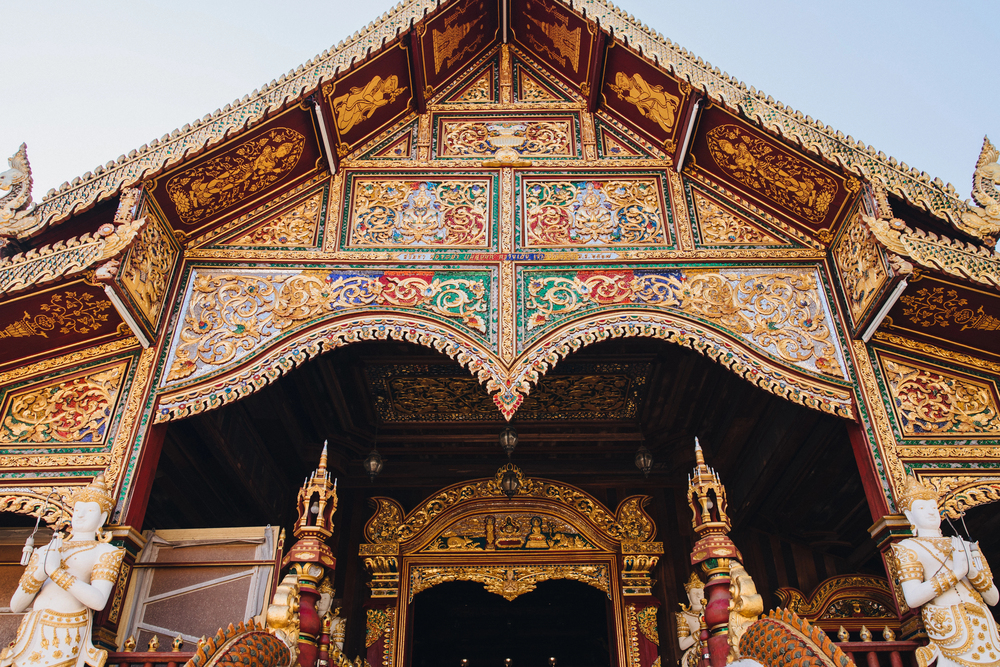
With over 300 wats (temples) scattered throughout the city, Chiang Mai offers an extraordinary concentration of Buddhist architecture spanning seven centuries of craftsmanship. Wat Phra Singh houses the revered Phra Singh Buddha image in a classic Lanna-style sanctuary, while Wat Chedi Luang features a partially restored 15th-century stupa that once stood nearly 300 feet tall before an earthquake toppled its upper section.
For a truly spectacular temple experience, venture to Wat Phra That Doi Suthep, perched on a mountain overlooking the city, where a 306-step naga (serpent) staircase leads to gold-plated stupas and panoramic views across the Ping River valley. The morning ritual of monks’ alms-giving provides early risers with an opportunity to witness a living spiritual tradition that has continued unbroken for centuries.
Wander the Sunday Walking Street
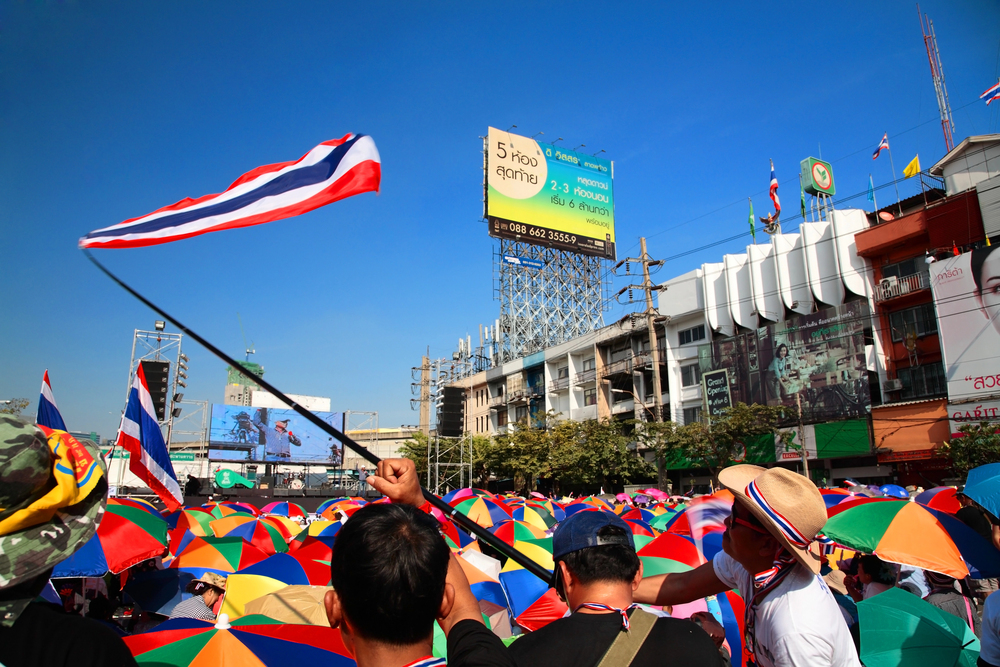
As the afternoon sun softens on Sundays, Ratchadamnoen Road transforms into Thailand’s most enchanting market experience, where the one-kilometer stretch fills with hundreds of vendors selling handcrafted goods rarely found in ordinary tourist markets. Unlike mass-produced souvenirs available elsewhere, this market showcases northern Thailand’s impressive artistic traditions – from indigo-dyed textiles to hand-carved soap flowers, from bamboo furniture to contemporary artwork.
Live performances create ambient soundscapes as traditional musicians, dance troupes, and even blind massage therapists set up along the route. Food vendors prepare northern Thai specialties with artistic flair, offering visitors tastes of regional cuisine that rarely found on restaurant menus elsewhere in Thailand.
Like Travel Pug’s content? Follow us on MSN.
Visit an Ethical Elephant Sanctuary
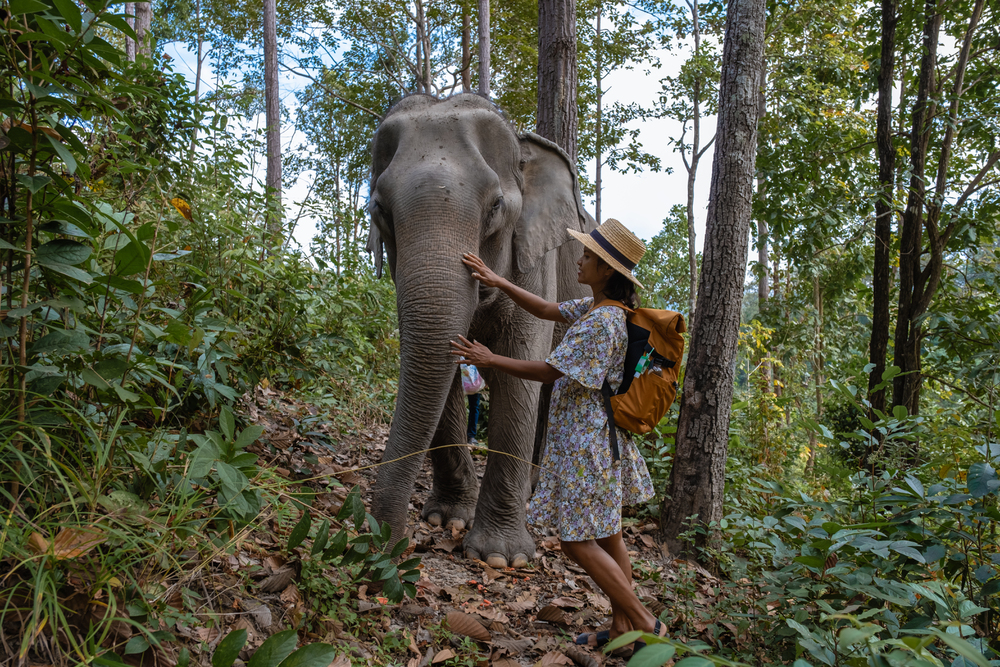
After decades of exploitation in logging and tourism, Chiang Mai has pioneered a more compassionate approach to elephant experiences focused on rehabilitation and education rather than rides or performances. Reputable sanctuaries rescue elephants from exploitative situations and provide natural environments where visitors can observe these magnificent animals engaging in normal behaviors – bathing in mud, foraging for plants, and forming social bonds.
The best facilities limit visitor numbers and interaction time while providing educational components about conservation challenges facing Asian elephants. Many sanctuaries use visitor fees to purchase additional land for their growing elephant populations or support broader conservation initiatives throughout Thailand.
Take a Thai Cooking Class
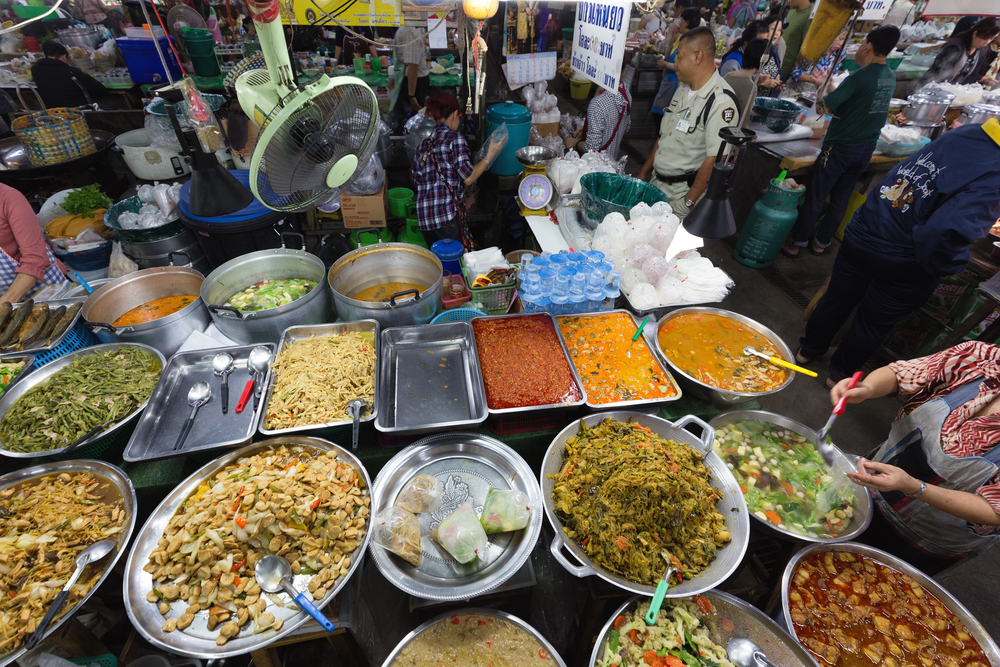
Northern Thai cuisine differs significantly from the better-known dishes of central and southern Thailand, featuring milder flavors, sticky rice instead of jasmine, and unique ingredients native to the mountainous region. Cooking schools range from intimate home-based experiences to professionally equipped facilities with garden tours where students harvest ingredients before cooking.
Most classes include market tours where instructors explain unfamiliar ingredients and demonstrate how to select the freshest produce, followed by hands-on preparation of four to five dishes. Beyond teaching recipes, skilled instructors share cultural context about how food connects to religious ceremonies, seasonal changes, and family traditions in northern Thai culture.
Visit Doi Inthanon National Park
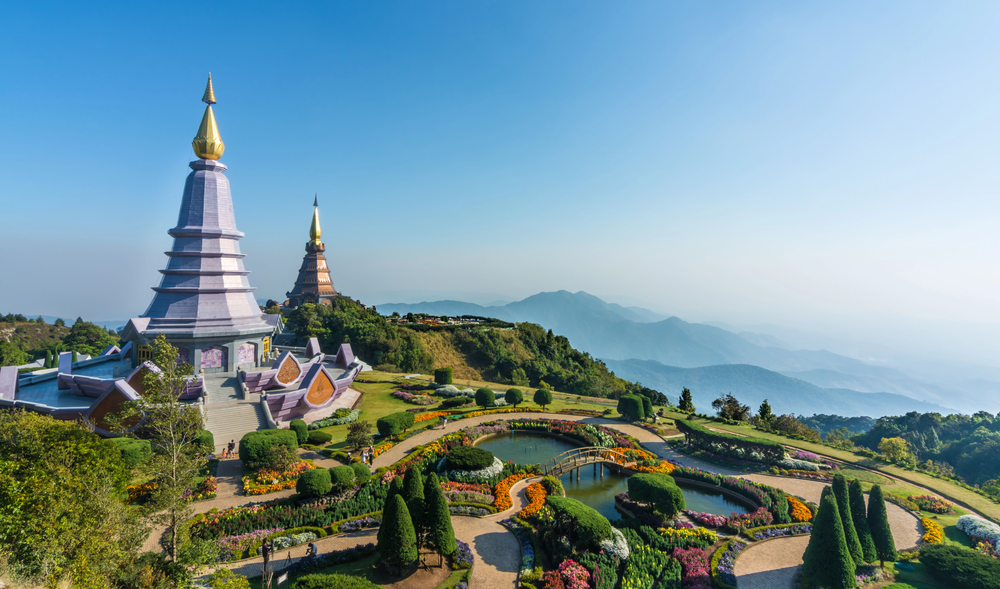
Rising 8,415 feet above sea level, Thailand’s highest peak anchors a national park encompassing diverse ecosystems from tropical evergreen forests to cool pine groves rarely associated with Southeast Asia. The mountain’s summit often rests in cloud cover, creating misty landscapes where moss and lichens drape tree branches in ethereal green cloaks. Twin pagodas built to honor the Thai king and queen feature stunning gardens and views across the surrounding mountain range when clouds momentarily clear.
Several multi-tiered waterfalls cascade down the mountain’s slopes, including Mae Ya, whose 853-foot drop creates one of Thailand’s most impressive natural spectacles. The park’s higher elevations provide welcome relief from tropical heat and opportunities to spot over 360 bird species inhabiting these unique mountain environments.
Like Travel Pug’s content? Follow us on MSN.
Receive a Traditional Massage
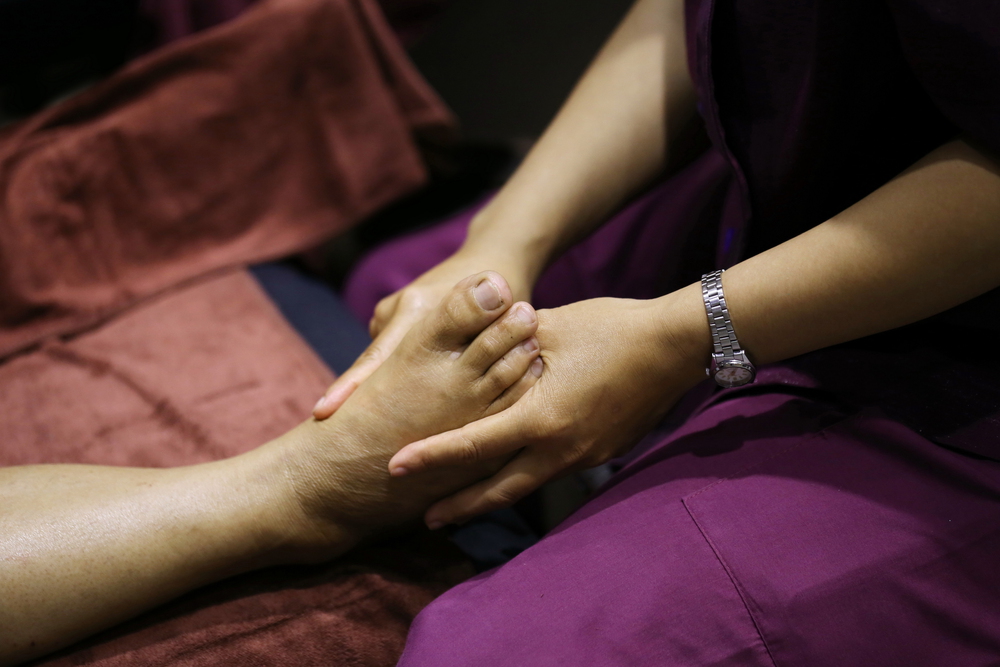
Northern Thailand’s distinctive massage traditions evolved separately from better-known Bangkok styles, incorporating influences from ancient Lanna healing practices and neighboring Burma. The signature two-hour treatment begins with herbal foot soaking followed by gentle stretching movements reminiscent of yoga postures, pressure point therapy, and the application of warming herbal compresses on areas of tension.
For an especially meaningful experience, book a session at the Women’s Massage Center by Ex-Prisoners, where former inmates receive training in therapeutic massage, creating sustainable livelihood opportunities after release. Most traditional massages conclude with a hot tea service featuring local herbs believed to complement the healing process.
Zip-line Through the Rainforest
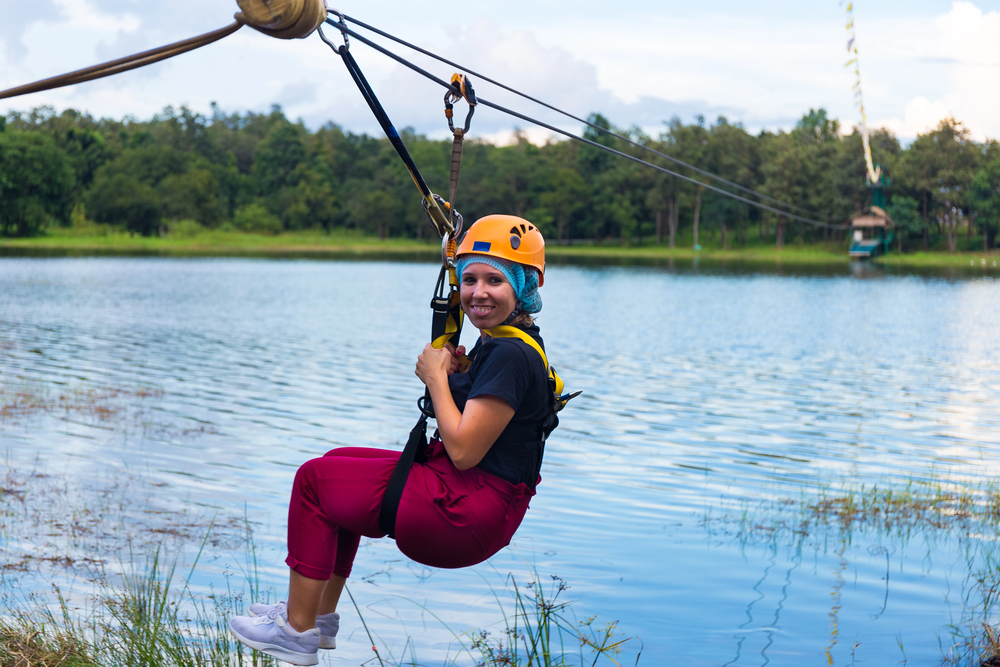
Several world-class zip-line courses operate in the mountains surrounding Chiang Mai, offering thrilling yet safety-conscious adventures through the triple-canopy rainforest. The most extensive courses feature multiple kilometers of lines traversing mountain valleys, with some single spans exceeding 2,500 feet as they cross deep ravines between mountain ridges.
Sky bridges, rappel stations, and platform viewpoints provide diverse experiences beyond the signature zip rides. Conservation-focused operators incorporate educational components about rainforest ecology and local hill tribe cultures, with some companies dedicating portions of their profits to forest preservation initiatives and community development projects in nearby villages.
Shop at Warorot Market
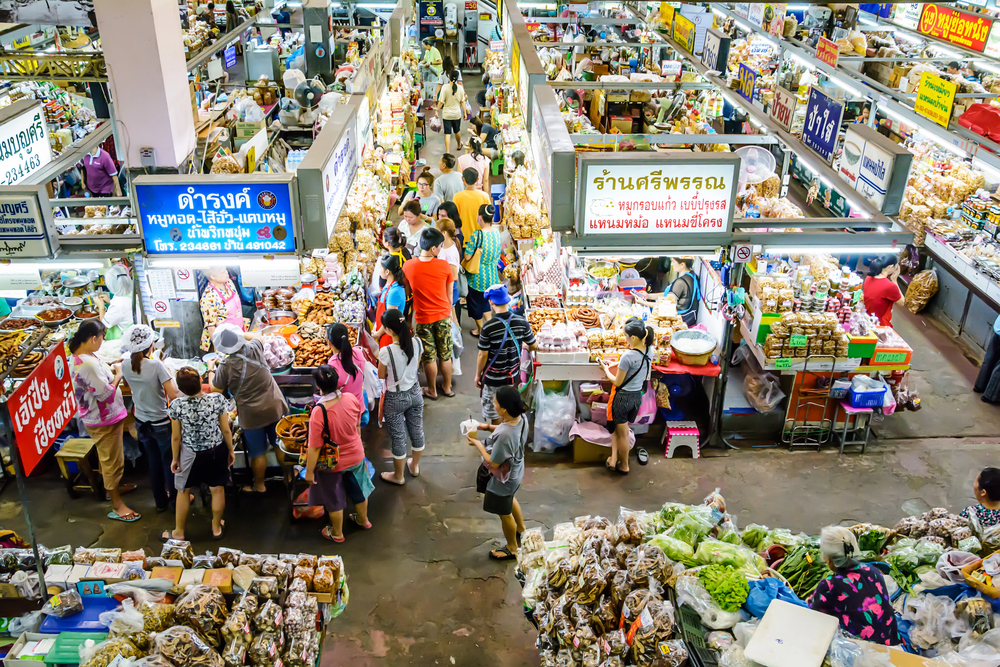
While tourist-oriented night bazaars get more attention in guidebooks, locals do their shopping at this sprawling three-story market complex where prices reflect actual Thai economics rather than tourist premiums. The ground floor houses hundreds of food vendors selling everything from exotic fruits to northern Thai sausages, while the upper levels contain textiles, clothing, handicrafts, and household goods. The adjacent flower market erupts in fragrant blooms and intricate floral arrangements used for temple offerings and household shrines.
Longstanding vendors recognize regular customers, creating a community atmosphere unlike tourist-focused shopping areas. Early morning visits offer opportunities to observe locals purchasing offerings for temples and ingredients for family meals away from the midday heat.
Like Travel Pug’s content? Follow us on MSN.
Take a Khantoke Dinner and Cultural Show
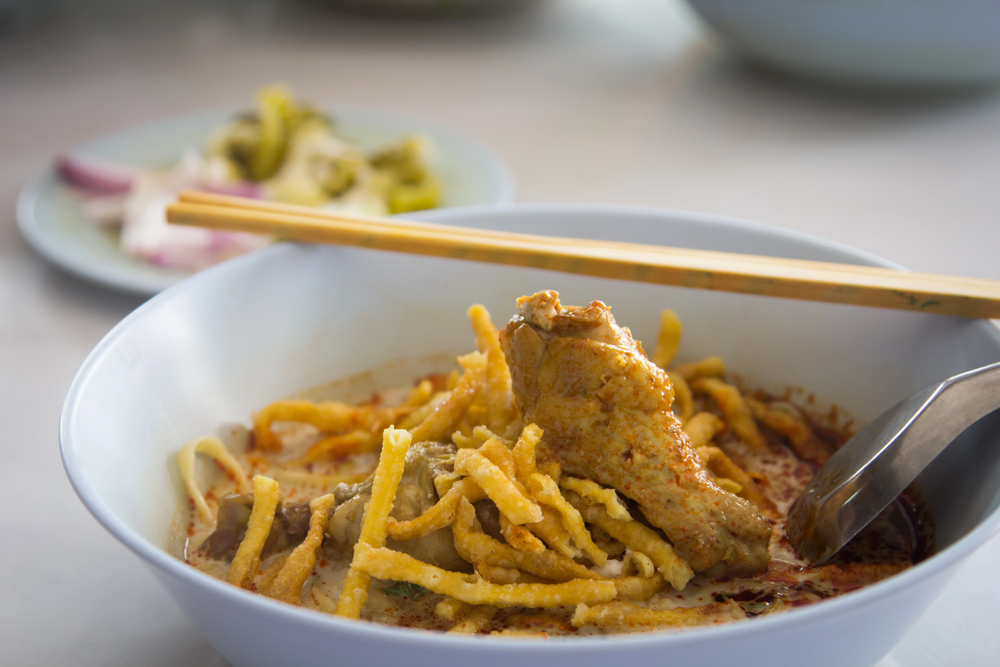
Experience the traditional Lanna dining custom where guests sit on floor cushions around low circular tables laden with northern Thai specialties served in khan (small bowls) placed on a toke (round pedestal). The shared dining experience typically includes sticky rice, hang lay curry (pork belly in northern spices), nam prick ong (tomato chili dip), and various grilled meats and vegetables.
Between courses, performers present traditional dances, including the hypnotic fingernail dance, where women wear 6-inch brass extensions on their fingers, creating golden arcs that catch lantern light as they move through intricate choreography. The ceremonial sword dance and mountain ethnic performances round out evenings that connect visitors with the region’s rich cultural heritage through both cuisine and performing arts.
Visit Bo Sang Umbrella Village
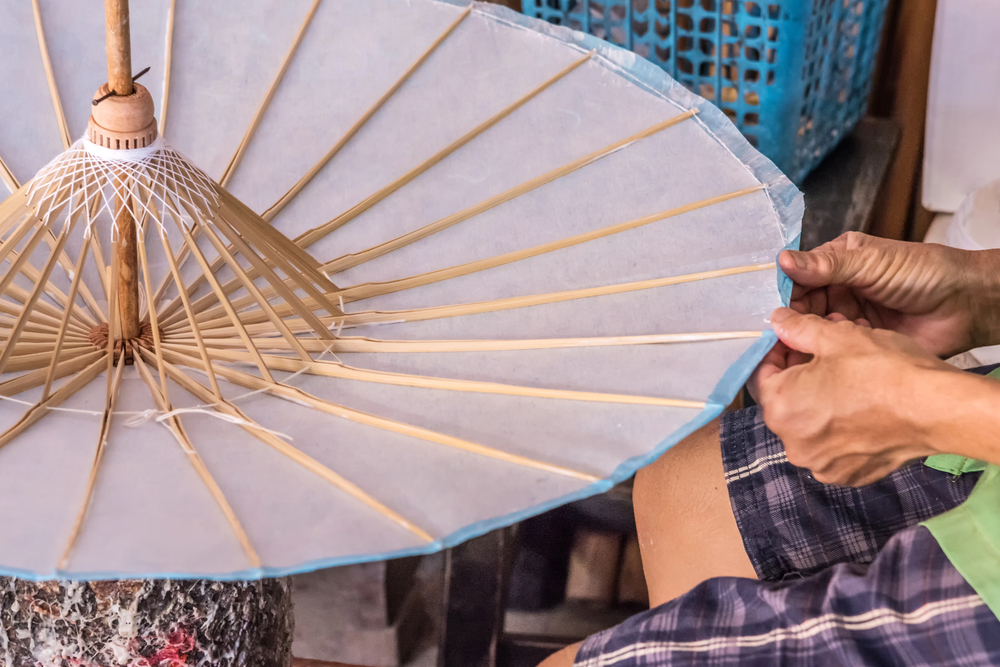
Just 9 miles east of Chiang Mai lies a village dedicated entirely to the production of handmade sa paper umbrellas, a craft tradition dating back over 200 years. Artisans transform mulberry bark into delicate paper through multi-day processes before stretching it over bamboo frames to create functional art pieces. Master painters add intricate floral designs, landscapes, and zodiacs using natural pigments that remain vibrant for years.
Visitors can watch every stage of production in open workshops where multi-generational family teams maintain techniques passed down through centuries. The village hosts an annual umbrella festival each January featuring parades, beauty contests, and exhibitions celebrating this distinctive local craft that has become emblematic of northern Thai artistic traditions.
Experience Monk Chat
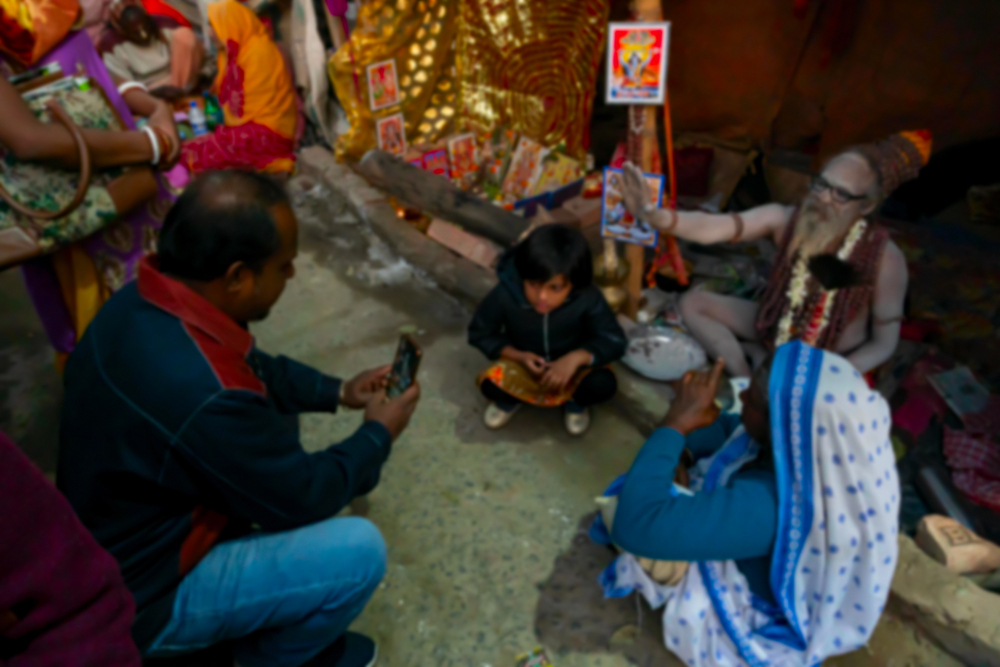
Several temples throughout Chiang Mai host regular “monk chat” programs where visitors can engage in informal English-language conversations with Buddhist monks eager to practice language skills while sharing insights into their spiritual practices. These relaxed exchanges typically occur in temple gardens or open salas (pavilions), creating opportunities for cross-cultural understanding rarely available in typical tourist experiences.
Common topics include daily monastic routines, meditation techniques, Buddhist philosophy, and monks’ journeys into religious life. For local monks, these sessions provide valuable language practice for those studying English, while visitors gain authentic perspectives on Thai Buddhism and monastic traditions directly from practitioners rather than through tour guides or textbooks.
Like Travel Pug’s content? Follow us on MSN.
Visit Doi Suthep-Pui National Park
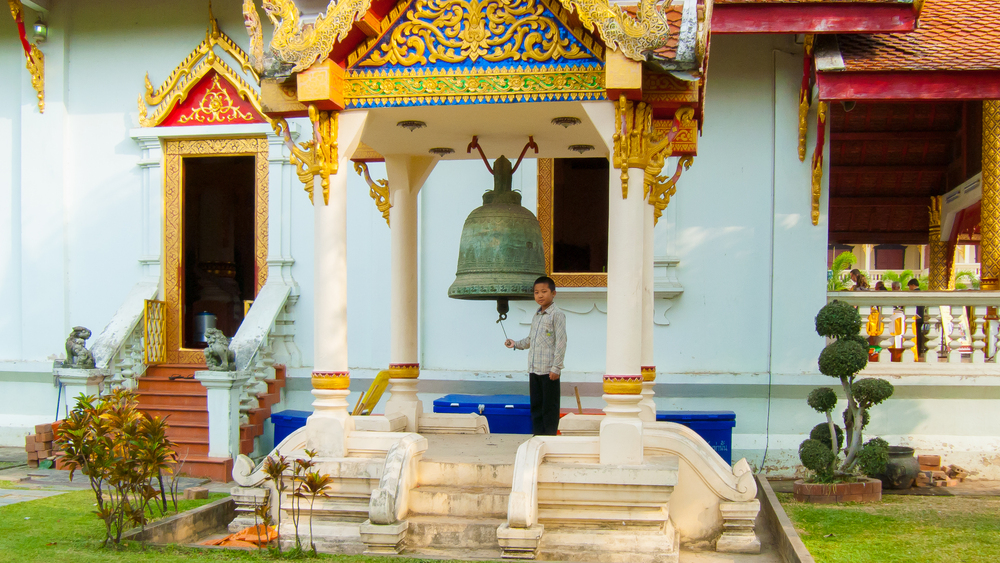
Beyond housing, Chiang Mai’s famous mountaintop temple, this national park encompasses over 160 square miles of protected forest harboring diverse wildlife, including the rare Himalayan flying squirrel and Asian black bear. Numerous hiking trails wind through varying elevation zones, from tropical evergreen forests in lower reaches to cool summit areas where conifers and rhododendrons thrive at higher altitudes.
The Monthathan Waterfall provides refreshing swimming opportunities during the hot season months, while the less-visited Pui Peak offers hiking challenges for more adventurous visitors. The park’s Hmong village demonstrates how indigenous communities maintain traditional agricultural practices while adapting to modern conservation requirements within protected forest boundaries.
Learn Traditional Crafts
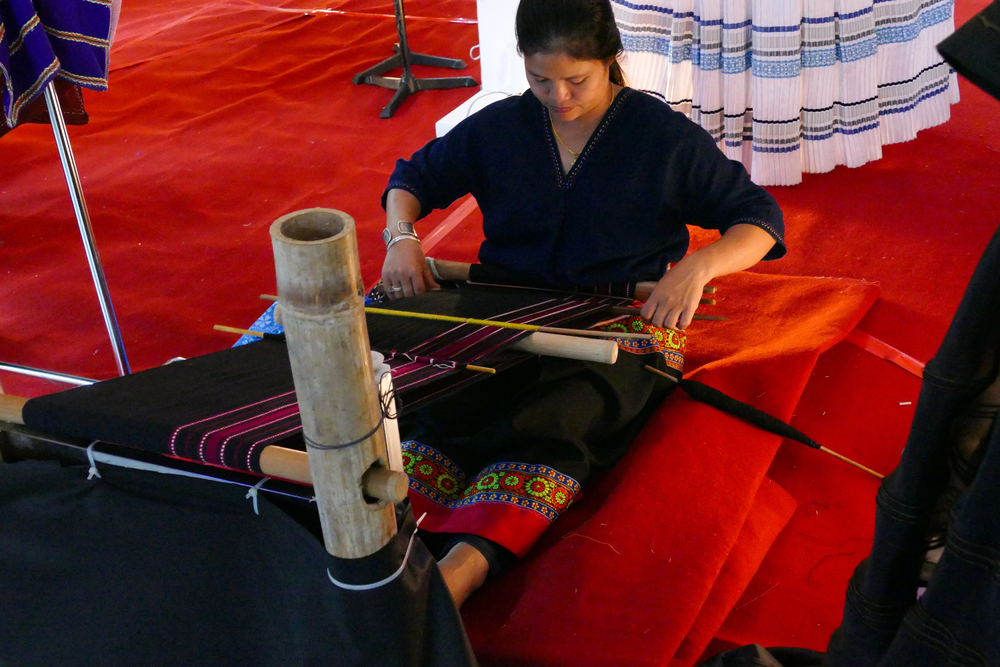
Northern Thailand maintains thriving craft traditions that have largely disappeared elsewhere, with opportunities for visitors to learn techniques from practicing artisans. Half-day workshops offer hands-on experiences in everything from celadon pottery throwing to silver jewelry making, from fruit carving to indigo dyeing. The Thai Silk Village demonstrates complete silk production processes, from raising silkworms to operating traditional looms, while bamboo weaving centers teach techniques for creating utilitarian baskets using mountain-grown materials.
More immersive multi-day experiences allow serious students to develop deeper skills under master craftspeople who have preserved regional techniques through generations of unbroken practice despite modernization throughout much of Thailand.
Explore the Night Bazaar
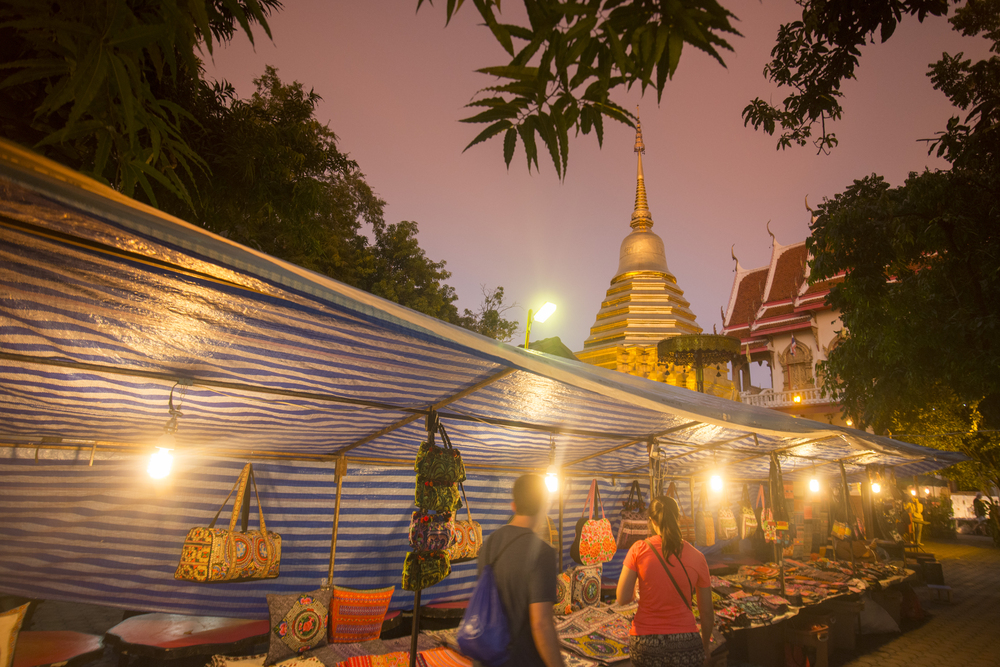
Stretching for nearly a mile along Chang Khlan Road, this nightly marketplace has grown from a few vendors into a massive commercial attraction operating every evening regardless of season or weather. Beyond typical souvenir fare, the bazaar includes sections specializing in contemporary Thai design items, handcrafted furniture that ships internationally, and gallery-quality art pieces from emerging northern Thai artists.
The Ploen Ruedee Night Market section features international food stalls arranged around a central seating area where live musicians perform nightly, creating a festive atmosphere beyond mere commerce. For serious shoppers, the indoor Kalare and Anusarn sections offer air-conditioned respite with higher-quality goods than street stalls.
Like Travel Pug’s content? Follow us on MSN.
Release a Sky Lantern
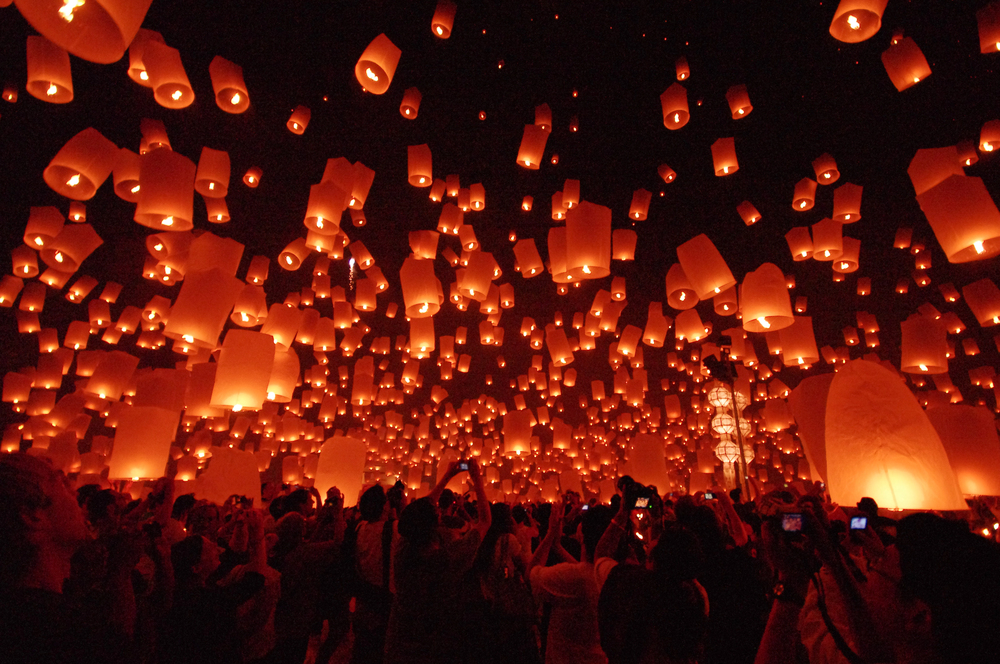
Participating in the release of khom loi (sky lanterns) provides one of northern Thailand’s most magical experiences, as delicate paper balloons illuminated from within by fuel cells float skyward carrying wishes and prayers. While mass releases occur during November’s Yi Peng festival, visitors can participate in smaller ceremonies year-round at designated locations outside the city center.
The process begins with unfolding the large rice paper lantern, lighting the fuel cell, and waiting as hot air slowly inflates the delicate structure. The moment of release creates a compelling metaphor for letting go as the glowing orb joins others dotting the night sky before disappearing into the darkness. Several temples organize releases that include blessing ceremonies and explanations of the tradition’s spiritual significance.
Where Ancient Meets Modern
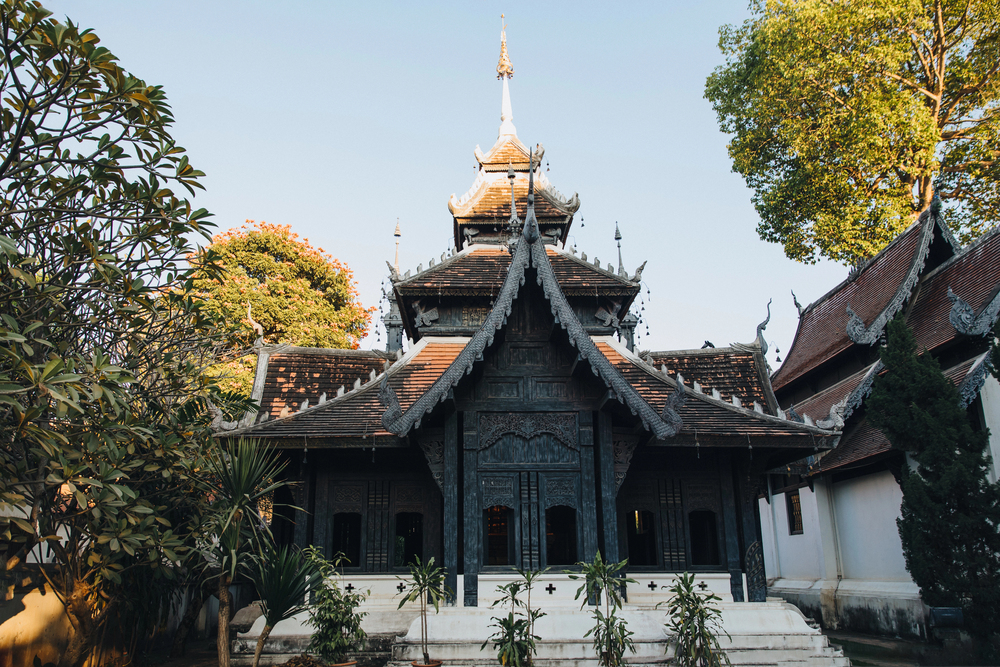
Chiang Mai represents far more than just another stop on Southeast Asian travel itineraries—it offers authentic cultural immersion in Thailand’s most distinctive regional identity. The relaxed pace allows visitors to absorb experiences rather than rushing between attractions, whether learning meditation from practicing monks or sampling street foods that rarely appear elsewhere in Thailand. The surrounding mountains create both a spectacular backdrop and a cool climate that welcomes outdoor exploration impossible in Thailand’s tropical south.
Throughout the city, traditional craftsmanship flourishes alongside contemporary creative expression, creating a vibrant artistic ecosystem where visitors witness living traditions rather than museums of dead culture. Whether seeking spiritual insights, adventure activities, or simply the perfect handcrafted souvenir, Chiang Mai rewards those who venture beyond Thailand’s beaches to discover the kingdom’s cultural soul.
More from Travel Pug

- Cities Growing so Fast You Won’t Recognize Them in 10 Years
- 13 Destinations Where Tourists Regularly Regret Their Trip
- 16 U.S. Cities That Are Quietly Becoming Travel Hotspots
- Where to Travel If You Love Long Bus Rides and Daydreams
- 20 Cities Perfect for Solo Travelers Who Crave Adventure & Culture
Like Travel Pug’s content? Follow us on MSN.
